Released on August 31, 1987, Bad (album) is Michael Jackson’s seventh studio. Following the monumental success of “Thriller,” the best-selling album of all time, “Bad” was one of the most anticipated albums of the decade. Produced by Quincy Jones and Michael Jackson himself, it marked the final collaboration between the singer and the producer who had helped orchestrate his meteoric rise. This album was not just a collection of songs but a bold statement of Jackson’s continued relevance and evolving artistry in the competitive music scene of the 1980s.
“Bad” significantly impacted Michael Jackson’s career, showcasing his maturation as a songwriter and his willingness to experiment with edgier sounds. The album diverged from the primarily pop-based “Thriller,” incorporating stronger elements of rock, funk, and R&B, and addressing more complex themes such as media bias, personal struggles, and societal issues. This shift not only illustrated Jackson’s growth as an artist but also solidified his ability to influence and redefine pop music.
The release of “Bad” was a major event; it debuted at number one on the Billboard 200 chart and spawned an impressive nine singles, five of which soared to the top of the Billboard Hot 100. Its success extended Jackson’s fame to new heights and confirmed his status as a formidable force in the music industry. The album’s blend of musical innovation and social commentary continues to resonate, making “Bad” a landmark in the annals of pop music history.
| Release Date | August 31, 1987 |
|---|---|
| Album Number | Seventh studio album |
| Preceded by | Thriller |
| Producers | Quincy Jones, Michael Jackson |
| Key Themes | Media bias, personal struggles, societal issues |
| Genres | Rock, Funk, R&B |
| Billboard 200 | Debuted at number one |
| Number of Singles | Nine |
| Top Billboard Hot 100 Singles | Five |
| Significance | Reaffirmed Jackson’s influence in pop music |
Contents
- 1 Background and Development
- 2 Production and Recording
- 3 Musical and Lyrical Themes
- 4 Significant Tracks and Songwriting
- 5 Collaborations and Contributions
- 6 Commercial Success and Critical Reception
- 7 Promotional Strategies
- 8 Legacy and Influence
- 9 Reissues and Anniversary Celebrations
- 10 Continued Relevance and Remembrance in Contemporary Pop Culture
Background and Development
After the unprecedented success of “Thriller,” Michael Jackson was not just a music superstar; he had become a global phenomenon. “Thriller” had transformed the landscape of pop music, elevating Jackson to an almost mythic status. Released in 1982, it became the best-selling album of all time, a title it still holds today. The immense success of “Thriller” set extremely high expectations for any future projects. The pressure was intense: the world was watching to see if Jackson could surpass or even replicate the success of his previous work.
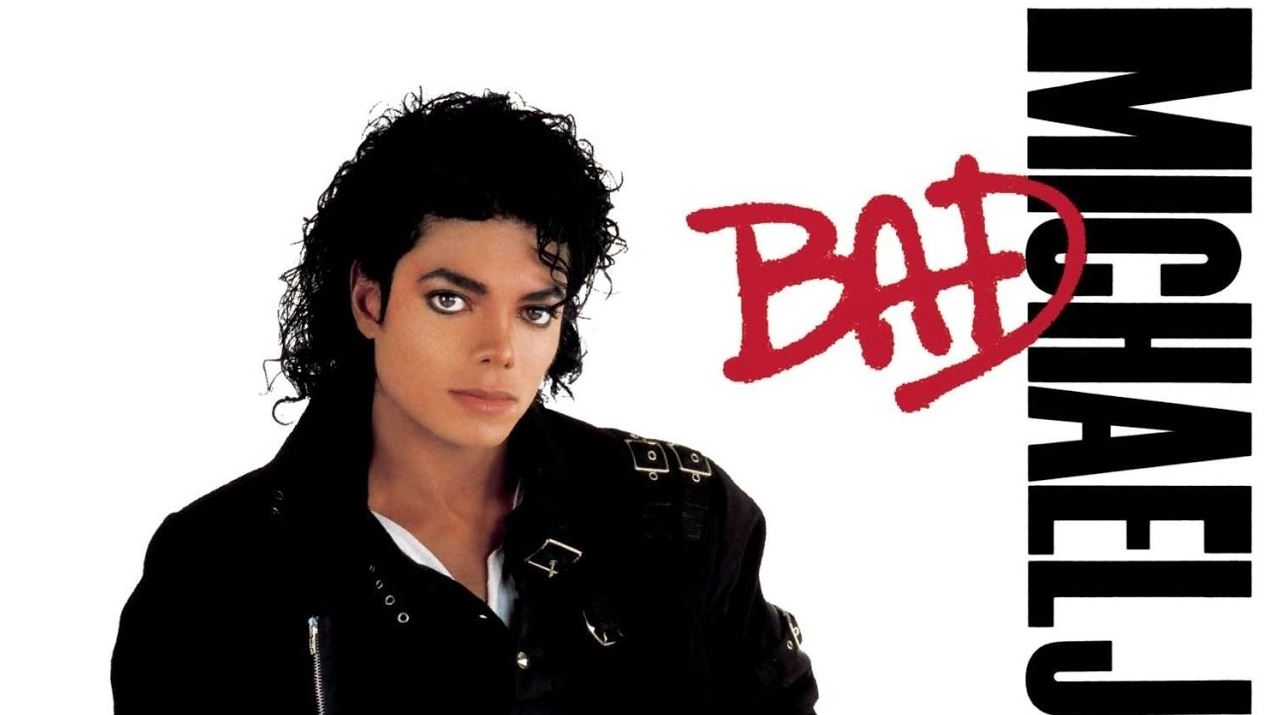
During this period, Jackson faced numerous personal and professional challenges. His relationships with his family were strained, and he had parted ways with the Jehovah’s Witnesses, which caused further personal turmoil. He was also navigating the complexities of fame, which isolated him from ordinary life and subjected him to intense scrutiny. Rumors about his eccentric lifestyle began to circulate, painting him as an enigmatic figure increasingly detached from reality.
Amidst these challenges, Jackson was determined to not just match “Thriller” but to exceed it. He famously stated his ambition to sell 100 million copies of his next album. This ambitious goal led to the meticulous development and production of “Bad.” Jackson’s transition from the more universally appealing themes of “Thriller” to the more personal, introspective, and sometimes darker tones of “Bad” reflected his changing artistic and personal landscape.
| Aspect | Description |
|---|---|
| Status after “Thriller” | Global phenomenon, mythic status in pop music |
| “Thriller” release and achievement | 1982, best-selling album of all time |
| Expectations for next project | Extremely high, global anticipation for surpassing “Thriller” |
| Personal and professional challenges | Strained family relationships, departure from Jehovah’s Witnesses, isolation due to fame, scrutiny, eccentric lifestyle rumors |
| Goals for “Bad” | Ambition to sell 100 million copies |
| Artistic transition in “Bad” | Shift from universally appealing themes to more personal, introspective, and darker tones |
Production and Recording
“Bad” marked the last collaboration between Michael Jackson and producer Quincy Jones, who had been instrumental in the success of both “Off the Wall” and “Thriller.” The partnership had proven to be one of the most successful in music history, but “Bad” was to be the finale of this creative alliance. The album’s production began in 1985 and stretched over two years, a period during which Jackson was also dealing with the enormous pressures of his growing fame.
The recording sessions for “Bad” took place primarily at Westlake Studios in Los Angeles, the same studio where “Thriller” was recorded. This choice was part of Jackson’s effort to capture some of the magic of the previous albums while also pushing into new territories. The production team, often referred to as the “A team,” included engineer Bruce Swedien and other returning collaborators who had worked on “Thriller.”
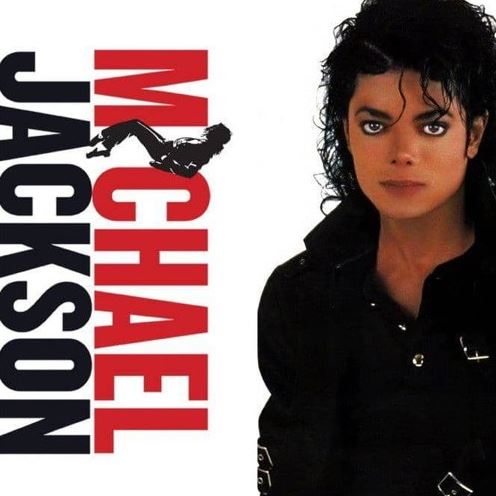
Technological innovations played a significant role in the creation of “Bad.” The album made extensive use of the latest recording technology, including digital synthesizers and MIDI sequencing which were cutting-edge at the time. This tech allowed Jackson and his team to explore new sounds and production techniques, giving the album a contemporary feel that distinguished it from its predecessors.
Jackson’s musical direction for “Bad” was deliberately more aggressive and edgy than “Thriller.” He wanted the album to have a harder, more assertive sound, which was reflected in songs like “Bad” and “Dirty Diana.” This shift was a strategic move to address his evolving image and artistic ambitions. He incorporated rock and funk more prominently, aiming to reach a broader and more diverse audience.
The choice to take a more assertive musical direction was not just about changing his sound but was also reflective of Jackson’s desire to assert control over his career and public persona. With “Bad,” Jackson was not only exploring new musical territory but was also making a statement about his identity as an artist and as an individual. The album ultimately showcased his versatility and his ability to adapt and innovate, ensuring his place at the forefront of global pop culture.
| Aspect | Description |
|---|---|
| Final collaboration | Last project between Michael Jackson and Quincy Jones, ending a historic partnership |
| Production timeline | Started in 1985, spanned two years amid growing fame pressures |
| Recording location | Westlake Studios in Los Angeles, the same as “Thriller” |
| Key production team | Quincy Jones, Bruce Swedien, and other “Thriller” collaborators (the “A team”) |
| Technological use | Extensive use of digital synthesizers and MIDI sequencing |
| Musical direction | More aggressive and edgy than “Thriller,” with a focus on rock and funk |
| Strategic sound shift | Intended to address evolving image and artistic ambitions; aimed to appeal to a broader audience |
| Career and persona impact | Asserted control over his career and public image, showcased versatility and innovation in pop culture |
Musical and Lyrical Themes
Michael Jackson’s “Bad” stands out for its rich fusion of musical genres, blending pop, rock, funk, and R&B into a cohesive yet diverse album. This genre incorporation not only showcased Jackson’s versatility but also pushed the boundaries of conventional pop music at the time. For instance, the title track “Bad” delivers a gritty blend of rock and funk, while “Smooth Criminal” integrates a strong bass line with a fast-paced rhythm, reflecting elements of jazz and funk.
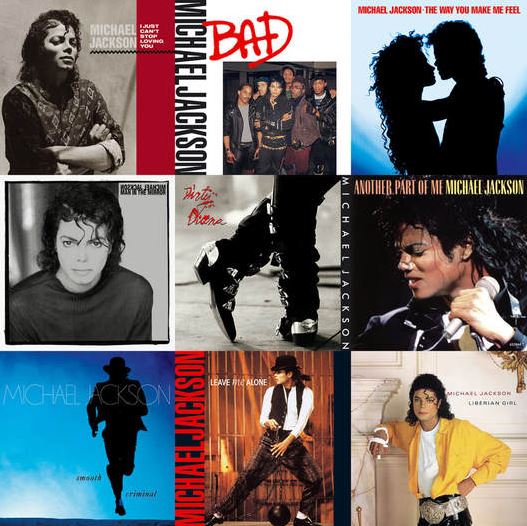
Lyrically, “Bad” delved into more complex and personal themes compared to Jackson’s earlier work. The album frequently addresses the media scrutiny that Jackson faced, as evident in “Leave Me Alone,” where he expresses his frustration with the relentless and often invasive tabloid coverage. “Man in the Mirror” is a poignant reflection on personal growth and the impact one can have on the world, urging listeners to change their ways to make the world a better place. Another significant track, “Dirty Diana,” explores the dark side of fame with its narrative on the seductions and pitfalls that accompany celebrity status.
| Aspect | Description |
|---|---|
| Genre fusion | Combines pop, rock, funk, and R&B into a diverse yet cohesive sound |
| Title track | “Bad” features a gritty blend of rock and funk |
| Track example | “Smooth Criminal” integrates jazz and funk elements with a strong bass line and fast-paced rhythm |
| Lyric themes | Addresses complex and personal topics such as media scrutiny and the impact of fame |
| Media scrutiny song | “Leave Me Alone” expresses Jackson’s frustration with invasive tabloid coverage |
| Personal growth song | “Man in the Mirror” urges personal reflection and societal change |
| Fame narrative song | “Dirty Diana” explores the seductions and pitfalls of celebrity status |
Significant Tracks and Songwriting
The album’s impact was further amplified by its major singles, which not only dominated the charts but also left a lasting imprint on pop culture. “I Just Can’t Stop Loving You,” a duet with Siedah Garrett, showcases a softer side of Jackson, blending romantic lyrics with a slow, melodious rhythm that contrasts with the more aggressive tracks on the album. On the other hand, “Smooth Criminal,” with its fast-paced beat and catchy hook, tells a compelling story through its lyrics, complemented by one of Jackson’s most iconic music videos.
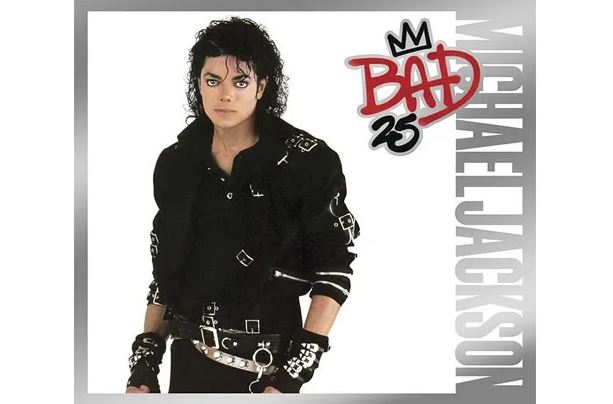
Jackson’s songwriting process for “Bad” involved meticulous attention to detail and a keen focus on melody and rhythm. He often started with a melody or a beat that inspired him, then built the lyrics around it. This approach is evident in tracks like “The Way You Make Me Feel,” which features playful lyrics set to an upbeat rhythm, capturing the excitement and intensity of a new romance.
| Aspect | Description |
|---|---|
| Chart performance | Major singles dominated charts and had a lasting impact on pop culture |
| Softer single | “I Just Can’t Stop Loving You” with Siedah Garrett, blends romantic lyrics with a slow rhythm |
| Iconic single | “Smooth Criminal,” known for its fast-paced beat, catchy hook, and iconic music video |
| Songwriting process | Started with a melody or beat, then built lyrics around it, focusing on melody and rhythm |
| Example of songwriting | “The Way You Make Me Feel,” features playful lyrics and an upbeat rhythm capturing the thrill of new romance |
Collaborations and Contributions
“Bad” also benefited from notable collaborations and contributions from other artists. Siedah Garrett not only provided vocals for “I Just Can’t Stop Loving You” but also co-wrote “Man in the Mirror,” one of the album’s most powerful tracks. Her involvement added depth and a complementary vocal harmony that enriched the emotional resonance of the song.
Stevie Wonder’s collaboration on “Just Good Friends” brought together two of the biggest names in music, creating a lively track that highlights both artists’ signature styles. Wonder’s influence is palpable in the song’s funky rhythm and playful exchange of vocals, which provided a contrast to the more serious tones found in other parts of the album.
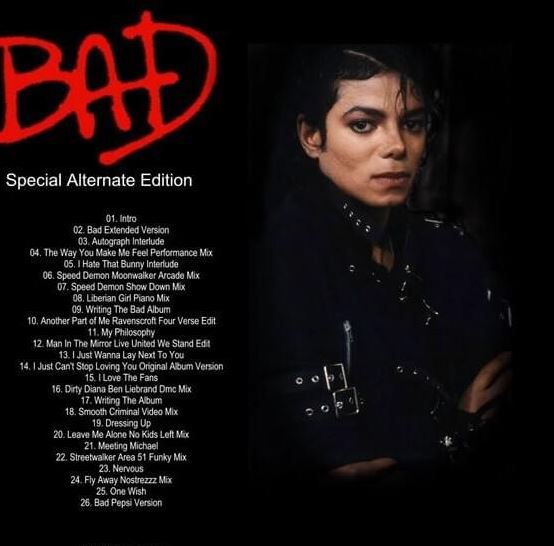
The contributions from these artists not only enhanced the album’s appeal but also underscored Jackson’s ability to blend different musical influences and vocal styles. This collaborative spirit helped “Bad” to achieve a multi-dimensional sound that appealed to a wide audience, further cementing Jackson’s status as a global music icon.
In sum, “Bad” is not just an album but a statement of artistic growth and personal expression. Through its complex musical arrangements and introspective lyrics, it explores themes of fame, personal transformation, and societal responsibility, leaving a lasting impact on the landscape of pop music.
| Collaborator | Contribution | Impact |
|---|---|---|
| Siedah Garrett | Vocals on “I Just Can’t Stop Loving You” and co-writer of “Man in the Mirror” | Added depth and emotional resonance, enriching the album’s vocal harmonies |
| Stevie Wonder | Collaborated on “Just Good Friends” | Brought a lively, funky rhythm and playful vocal exchange, highlighting both artists’ signature styles |
Commercial Success and Critical Reception
Michael Jackson’s “Bad” was released to towering expectations, and it rose to the challenge, achieving monumental commercial success. Initially, the album debuted at number one on the Billboard 200 charts in the United States, selling over 2 million copies in its first week alone. Internationally, “Bad” repeated this success, hitting number one in 25 countries including major markets like the UK, Germany, France, Australia, and Japan. In the UK, the album became the best-selling album of 1987, quickly selling 350,000 copies within the first week.
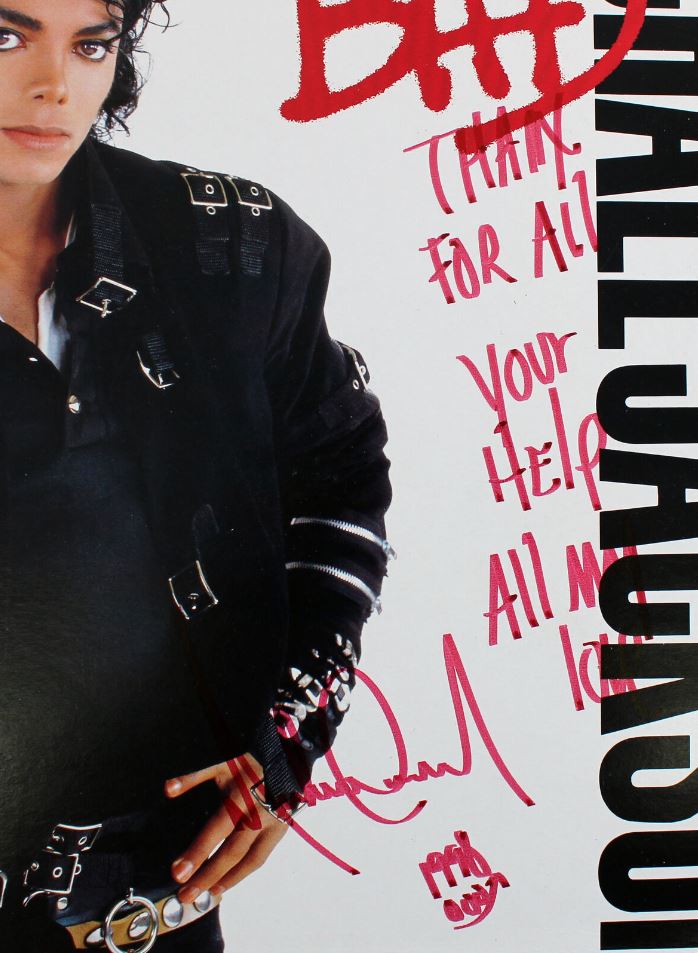
Critically, “Bad” received widespread acclaim. Reviewers praised Jackson’s innovation in sound and his ability to produce a record that was at once a commercial and artistic triumph. The album was particularly noted for its refined production and dynamic range of musical styles. At the Grammy Awards, “Bad” secured several nominations and won Best Engineered Recording – Non-Classical, along with Best Music Video for “Leave Me Alone.” Though it did not replicate the Grammy success of “Thriller,” “Bad” was a critical pillar in Jackson’s discography, demonstrating his enduring influence in the music industry.
Comparatively, “Bad” often stood in the shadow of “Thriller,” Jackson’s preceding album which remains the best-selling record of all time. While “Bad” did not surpass “Thriller” in sales, it helped solidify Jackson’s legacy as a pop icon capable of producing consecutive blockbuster albums. Over time, “Bad” has been reassessed more favorably, recognized not just for its achievements in the shadow of “Thriller” but as a formidable project showcasing Jackson’s maturation as an artist.
| Aspect | Description |
|---|---|
| Initial Release Impact | Debuted at number one on Billboard 200, sold over 2 million copies in the first week in the US |
| International Success | Number one in 25 countries, including major markets like the UK, Germany, France, Australia, and Japan |
| UK Impact | Best-selling album of 1987, sold 350,000 copies in the first week |
| Critical Acclaim | Widely praised for innovation in sound and production, dynamic musical styles |
| Grammy Awards | Won Best Engineered Recording – Non-Classical and Best Music Video for “Leave Me Alone” |
| Comparison to “Thriller” | Often compared to “Thriller,” did not surpass its sales but solidified Jackson’s legacy as a pop icon |
| Legacy and Reassessment | Increasingly recognized for showcasing Jackson’s maturation as an artist beyond the shadow of “Thriller” |
Promotional Strategies
The promotion of “Bad” was innovative and multifaceted, combining traditional media with pioneering marketing techniques. The use of music videos played a crucial role in the album’s promotional strategy. Jackson released a string of groundbreaking music videos for several of “Bad’s” singles, including the Martin Scorsese-directed video for the title track. These videos were more than promotional tools; they were cinematic events that pushed the boundaries of the music video as an art form.
Additionally, the release of “Bad” was accompanied by a feature film, “Moonwalker,” which included segments of live performances, music videos for “Bad” songs like “Smooth Criminal,” and a narrative film starring Jackson himself. This venture was unprecedented and showcased Jackson’s ability to transcend the music scene into entertainment.
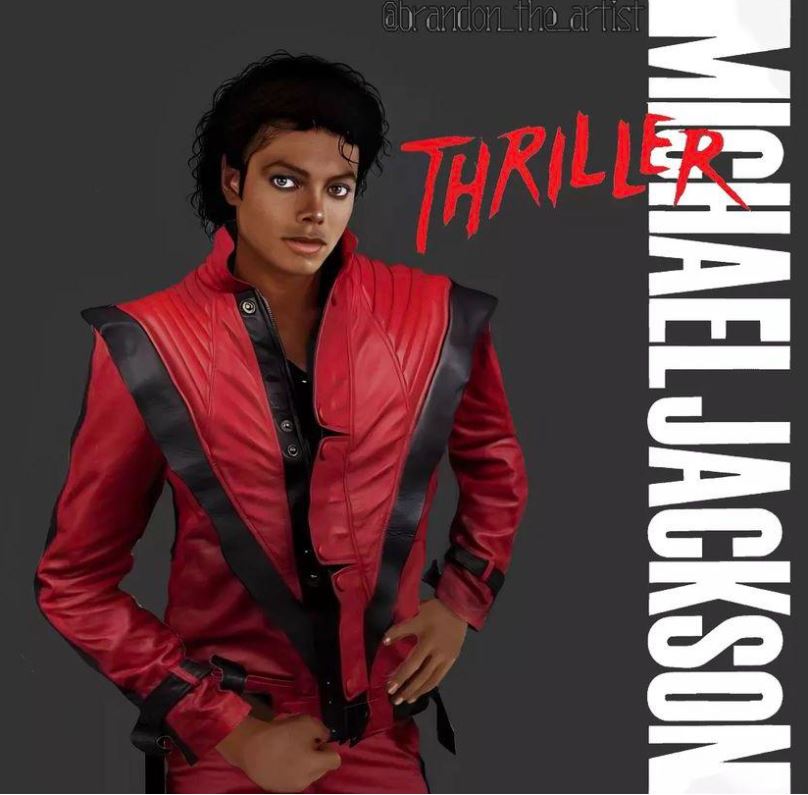
The promotional efforts for “Bad” also included the massive “Bad World Tour,” Jackson’s first solo concert tour, which was a major financial success. The tour broke multiple records, including the largest grossing tour and one of the highest-attended tours ever. Jackson performed 123 concerts across 15 countries, demonstrating his unparalleled appeal and the intense global demand for his performances.
A special CBS television special, “The Magic Returns,” aired on the same day as the album’s release, which included the premiere of the “Bad” video. This strategic media event was pivotal in drumming up excitement and provided a significant boost to the album’s initial sales figures.
The promotional strategies employed for “Bad” not only enhanced album sales but also solidified Michael Jackson’s reputation as an entertainment powerhouse. These strategies were crucial in maintaining his visibility in the public eye, engaging with his audience, and setting new standards in music marketing.
Together, the commercial success and the strategic promotional efforts of “Bad” not only continued Jackson’s reign over pop music but also expanded his influence into new areas of entertainment, demonstrating his versatility and foresight as an artist and a businessperson.
| Promotional Strategy | Description | Impact |
|---|---|---|
| Music Videos | Groundbreaking videos for singles like the title track “Bad,” directed by Martin Scorsese | Enhanced the album’s visibility, pushing music videos as an art form |
| Feature Film | “Moonwalker,” which included live performances, music videos, and a narrative film starring Jackson | Showcased Jackson’s versatility, bridging music with cinematic entertainment |
| Bad World Tour | First solo concert tour, included 123 concerts across 15 countries | Broke records for grossing and attendance, highlighting global demand for Jackson’s performances |
| Television Special | “The Magic Returns,” aired on CBS coinciding with the album release, premiered the “Bad” video | Significant boost to album sales, leveraged media synergy to drum up excitement |
Legacy and Influence
Michael Jackson’s “Bad” significantly shaped the landscape of late 80s pop music, introducing a harder, more aggressive style that was emblematic of the evolving musical trends of the era. The album’s synthesis of rock, funk, and pop set a new benchmark for artists, demonstrating that complex production and varied musical styles could coexist within the framework of mainstream pop. This eclectic mix influenced a generation of musicians, from pop and R&B artists to rock bands, who drew inspiration from Jackson’s ability to blend genres seamlessly and with commercial success.
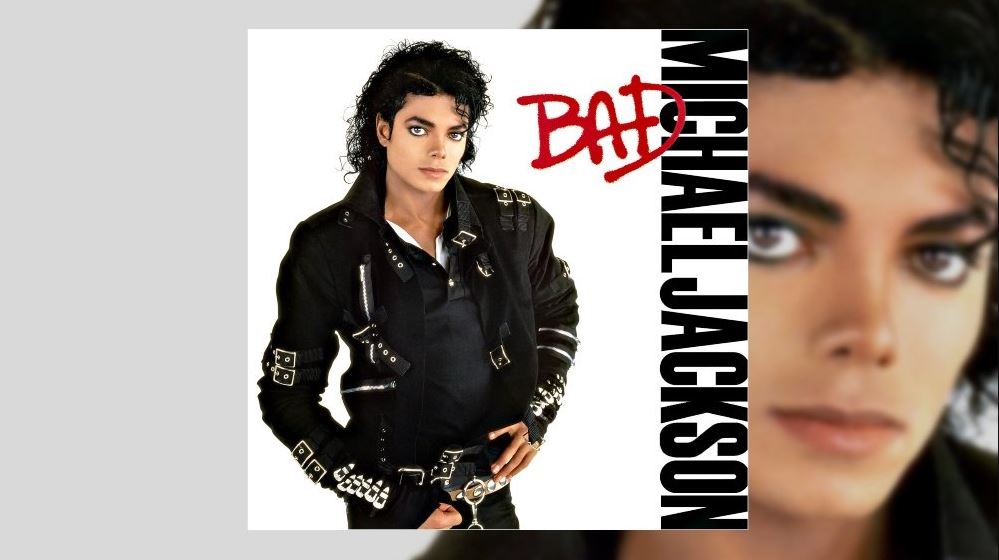
The influence of “Bad” extended beyond just its musical composition to redefine the potential of music videos as an art form. The short film for “Bad,” directed by Martin Scorsese, and the innovative choreography featured in “Smooth Criminal” pushed music videos toward more narrative-driven, cinematic experiences. This set a new standard for artists, who began to see music videos as an integral part of artistic expression and an essential tool for enhancing their music’s reach. Consequently, the 1990s saw an explosion in music video creativity, much of which can be traced back to the trends “Bad” helped popularize.
Over time, “Bad” has been included in numerous music history lists and is often cited in retrospective reviews as one of the greatest albums of all time. It frequently appears in discussions about albums that shaped pop music, noted both for its artistic ambition and its broad appeal. Its tracks continue to be celebrated for their innovative production and enduring appeal, confirming its place as a milestone in music history.
| Impact Area | Description | Legacy |
|---|---|---|
| Musical Style | Introduced a harder, more aggressive style blending rock, funk, and pop | Influenced a generation of diverse musicians across pop, R&B, and rock genres |
| Music Videos | Highlighted by cinematic videos like “Bad,” directed by Martin Scorsese, and the choreography in “Smooth Criminal” | Redefined music videos as narrative, cinematic experiences, influencing the 90s music video creativity boom |
| Historical Recognition | Consistently included in music history lists and cited as one of the greatest albums of all time | Tracks celebrated for innovative production and enduring appeal, marked as a milestone in music history |
Reissues and Anniversary Celebrations
The lasting appeal of “Bad” was highlighted during its 25th anniversary in 2012 with the release of “Bad 25,” a reissue that included remastered versions of the original songs, unreleased demos, and a live recording from the “Bad” tour. This special edition offered fans a deeper insight into Jackson’s creative process and provided a fresh perspective on the classic album. Accompanying the release was a documentary directed by Spike Lee, which featured behind-the-scenes footage, interviews, and personal stories about the making of the album. This documentary helped rekindle interest in Jackson’s work and introduced his artistic legacy to a new generation.
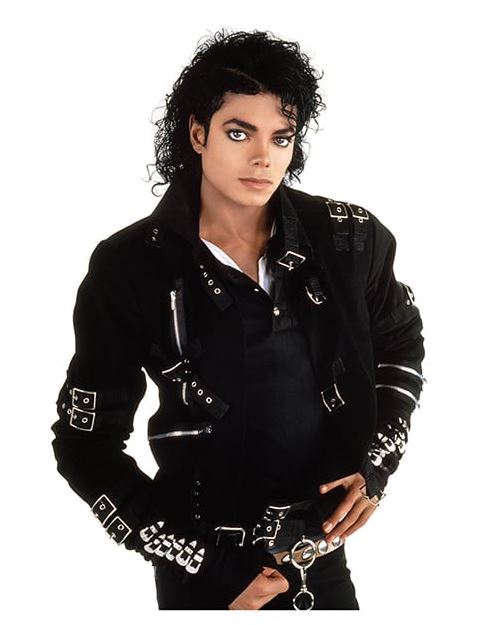
| Feature | Description | Impact |
|---|---|---|
| Reissue Content | “Bad 25” included remastered original songs, unreleased demos, and a live recording from the “Bad” tour | Offered fans deeper insights into Jackson’s creative process and refreshed the album’s relevance |
| Documentary | Directed by Spike Lee, featuring behind-the-scenes footage, interviews, and personal stories about the making of “Bad” | Helped rekindle interest in Jackson’s work and introduced his legacy to a new generation |
Continued Relevance and Remembrance in Contemporary Pop Culture
“Bad” continues to resonate in contemporary pop culture, its music still featured in films, television shows, and commercials, attesting to its undiminished appeal. Tracks like “Man in the Mirror” and “Smooth Criminal” have been covered and sampled by modern artists, further testament to their lasting influence. The album’s sound and style can be heard in the work of many contemporary artists who cite Jackson as a key influence, from Bruno Mars to The Weeknd, each of whom has drawn from his pioneering use of rhythm, his vocal style, or his unmistakable production techniques.
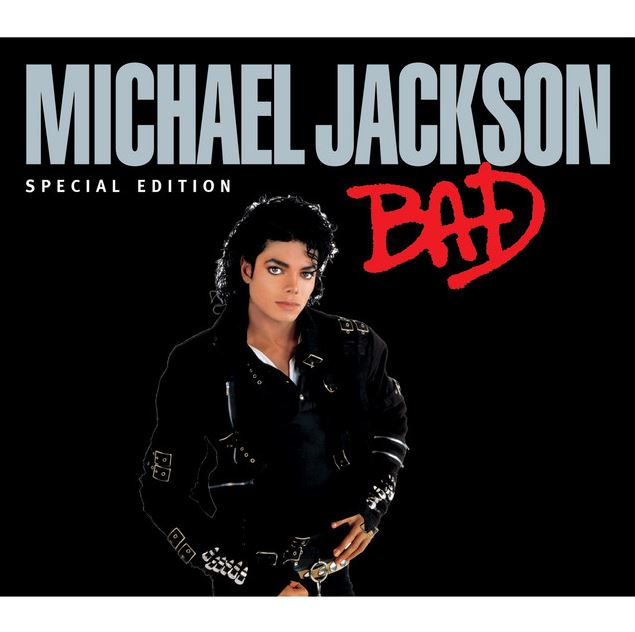
The continued academic and musical interest in Jackson’s work, including “Bad,” ensures that it remains a focal point for discussions about music history, particularly concerning its role in shaping the future of pop music. Each year, new analyses and critiques are offered, new performances inspired by its songs, and new fans discovering its magic for the first time.
In conclusion, Michael Jackson’s “Bad” is more than just an album; it is a cultural phenomenon that continues to influence the music industry and resonate with audiences around the world. Its legacy is a testament to Jackson’s genius, his vision, and his unparalleled ability to blend entertainment with artistry. The album not only defined an era but also set the stage for the future of pop music, making it a timeless piece that continues to inspire and entertain.
| Aspect | Description | Impact |
|---|---|---|
| Cultural Presence | Music featured in films, TV shows, and commercials | Undiminished appeal, attesting to its widespread and lasting influence |
| Artistic Influence | Tracks covered and sampled by modern artists like Bruno Mars and The Weeknd | Continues to inspire contemporary music with its rhythm, vocal style, and production techniques |
| Academic and Musical Interest | Subject of ongoing academic analysis and musical performances | Ensures that “Bad” remains a focal point in discussions about music history and its evolution |
| Legacy and Significance | Regarded as a cultural phenomenon that influences the music industry and resonates globally | Defines an era and sets the stage for the future of pop music, embodying Jackson’s artistic vision |
Michael Jackson’s “Bad” remains an emblematic milestone in the panorama of global pop culture, encapsulating a pivotal moment in the illustrious career of one of the most influential artists of all time. Released in 1987, the album not only met the colossal expectations set by its predecessor, “Thriller,” but also cemented Jackson’s reputation as a master of innovation in music production, songwriting, and visual presentation.
“Bad’s” enduring legacy is multifaceted, reflecting its impact on music, culture, and the music industry. Musically, the album broke new ground by integrating a mixture of genres—ranging from pop and rock to funk and R&B—into a cohesive sound that was both accessible and artistically sophisticated. This genre-blending showcased Jackson’s musical versatility and pushed the boundaries of what was expected in mainstream pop music. Songs like “Smooth Criminal,” “The Way You Make Me Feel,” and the anthemic “Man in the Mirror” have become timeless classics, each highlighting different aspects of Jackson’s musical genius.
The cultural impact of “Bad” was profound. It arrived at a time when music videos were becoming a dominant medium in popular culture, and Jackson exploited this like no other artist before. The album’s promotion through groundbreaking music videos and its synergistic use of media set new standards for artists, demonstrating the power of visual media in amplifying a music album’s reach and influence. The “Bad” video, directed by film luminary Martin Scorsese, is particularly notable for its ambitious narrative and production values, which have influenced countless music videos since.
Furthermore, “Bad” significantly impacted industry practices, particularly in how music albums were marketed and promoted. Its strategic release alongside a major film (Moonwalker) and supported by a record-breaking world tour showcased a blueprint for future multi-platform releases. The innovative approach to album promotion seen with “Bad” has since become a staple strategy in the music industry, emphasizing an artist’s brand not just through music but through performance, video, and other media.
The album also had a substantial social impact, with its themes of personal reflection, societal issues, and global harmony resonating deeply with audiences worldwide. Tracks like “Man in the Mirror” encouraged personal accountability and social responsibility, themes that remain relevant today. Jackson’s forward-thinking messages helped to inspire a generation to reflect on their role in making the world a better place, demonstrating the potential of pop music as a force for positive change.
As we reflect on “Bad” within the broader context of Michael Jackson’s career, it stands as a critical juncture. It represented Jackson at the peak of his creativity and fame, showcasing an artist at full maturity, unafraid to innovate and take risks. The album’s success proved that Jackson was not just a fleeting pop star but a lasting musical force with a keen understanding of the dynamics of popular culture.
In summary, “Bad” is more than just an album; it’s a cultural artifact that continues to be studied, celebrated, and revered. Its release was a landmark event in the 1980s that has left a lasting imprint on the fabric of music and popular culture. Its songs continue to be celebrated, its marketing strategies analyzed, and its impact on music video production revered. Michael Jackson’s “Bad” thus remains a powerful example of how music can transcend its auditory origins to become a pervasive and enduring part of global cultural discourse.

